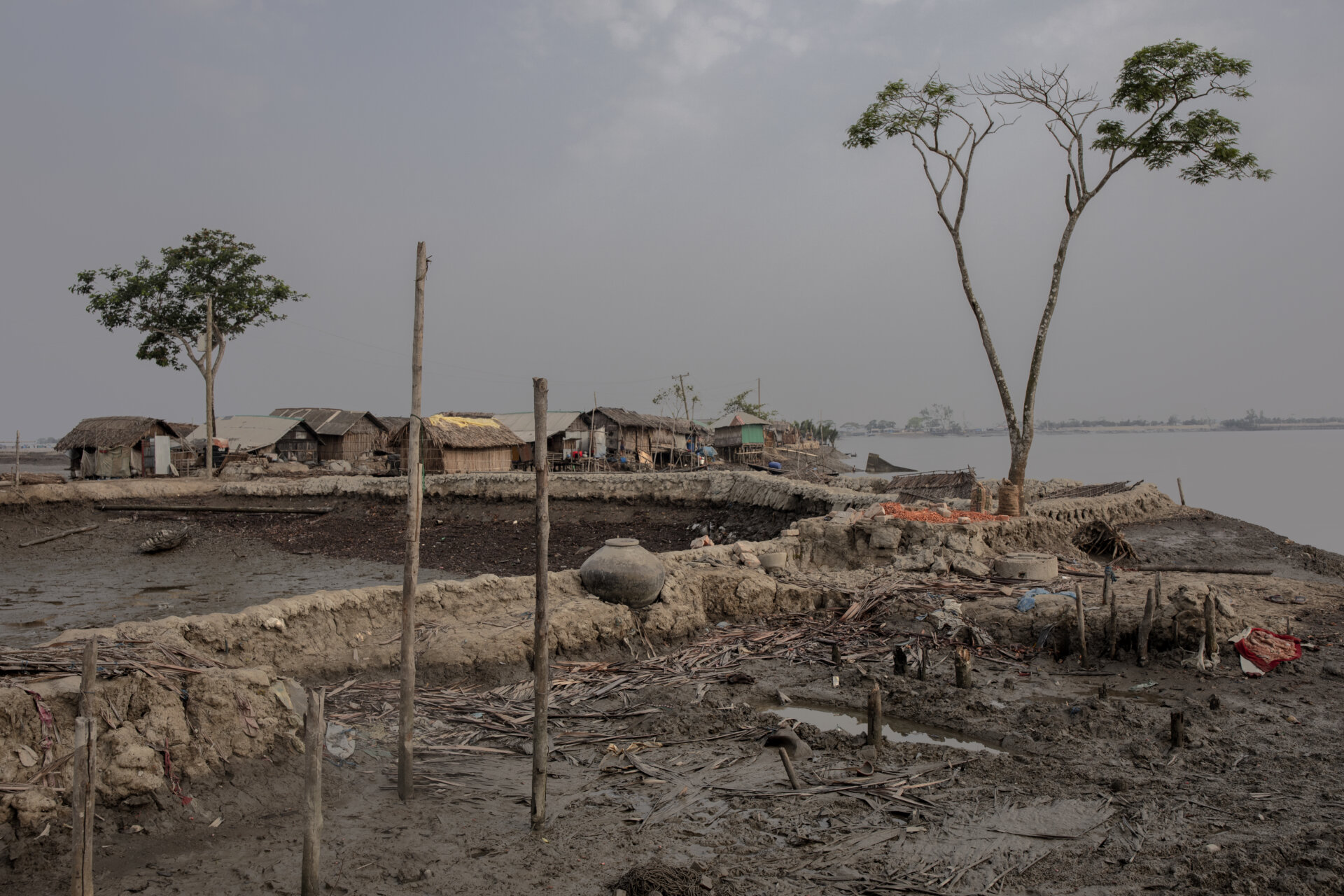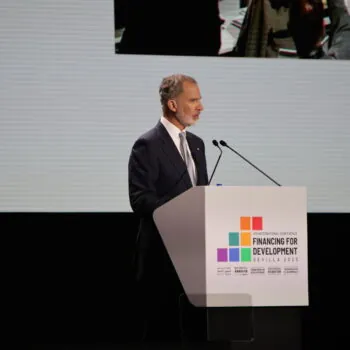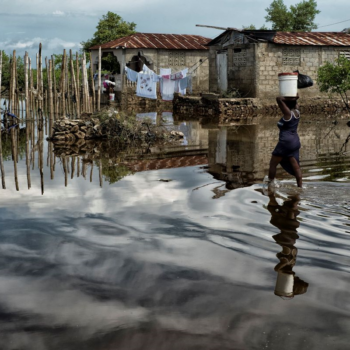Country platforms are not a new idea but they are a hot topic right now. These collaborative partnerships can streamline and maximise the impact of financial support towards national sustainable development, including facilitating the achievement of climate goals. The Spring Meetings of the International Monetary Fund and World Bank Group are an opportunity to build momentum around replicating country platforms around the world.
Delivery of the Sustainable Development Goals has been at insufficient scale and speed in the geographies where action is most necessary. Simultaneously, current international action and ambition on climate change falls short of limiting warming to 2°C, let alone 1.5°C, threatening to further delay and even reverse progress on tackling rampant poverty and inequality.
The need for improved coordination among international development actors in delivering technical and financial support at the country level has long since been recognised. At COP28 country platform partnerships were announced in relation to North Macedonia and Bangladesh. More than ever before, there is a rising sense across key development stakeholders that country platforms could be a genuinely transformative model for facilitating cleaner and more resilient national development pathways.
We have all the ingredients
Today’s landscape of climate and development politics includes parallel processes that, if actively connected, could underpin a model for delivering international financial and technical support with gear-shifting potential in the pursuit of both the Paris and Sustainable Development Goals.
Key ingredients include:
- The current time-limited window for enhancement of Nationally Determined Commitments by 2025.
- Brazil’s 2024 G20 Presidency agenda, which focuses on improving the delivery of international climate and development support.
- Increasing momentum among the shareholders of Multilateral Development Banks to upgrade the banks’ operating models and improve their country-level coordination.
Countries are best placed to define their own sustainable development goals, including robust, ambitious, and achievable NDCs. However, due to capacity and technical constraints, developing countries may require support to identify sustainable development priorities and to develop clear whole-of-government strategies for a just and resilient national climate transition.
The G20, through the work programmes of the Taskforce on Climate Finance Mobilisation (TF-CLIMA) and on Hunger and Poverty, has a clear opportunity to kick-start this support. Issuing guiding principles for developing robust national transition plans could help to ensure replicability and sufficient ambition. G20 countries could also facilitate the provision of technical support to assist developing countries in drafting their national strategies.
The global development finance ecosystem is coalescing around the idea of country-centred approaches. Building on the political momentum of the JET-P approach and learning from those experiences, public development banks can now design a scalable delivery model for crowding in transition finance. The model should involve financial commitments underpinned by technical and analytical support to countries to identify transition gaps and the design of country-led policy reforms.
Now let’s put them together
Actively connecting the key ingredients of a country-based approach to financing global transition will require decision-makers to focus on three key priorities:
- Countries must own the process. Without a doubt, country platforms must be country-led. Platforms must therefore be designed in a way to identify and foreground the unique priorities of each country, with technical, analytical, and financial support tailored accordingly. Grounding support in national transition plans developed by countries themselves (with some international support if required) will be a good start.
- The development community must learn from experience. Lessons learned from previous initiatives which have aimed at similar goals, including the JET-Ps, must inform the design of new country platforms to capitalise on successes and avoid repeating mistakes.
- Public banks of all sizes will be crucial. Country platforms must make full use of the global ecosystem of multilateral, bilateral, and national development banks. This will enable platforms to provide multi-faceted support which harnesses a wide variety of institutional strengths and capabilities as well as national expertise, going well beyond only facilitating co-financing.
Country platforms may not be new, but the present opportunity is unique. Seizing it has the potential to make a step-change in delivering climate and sustainable development goals worldwide.


